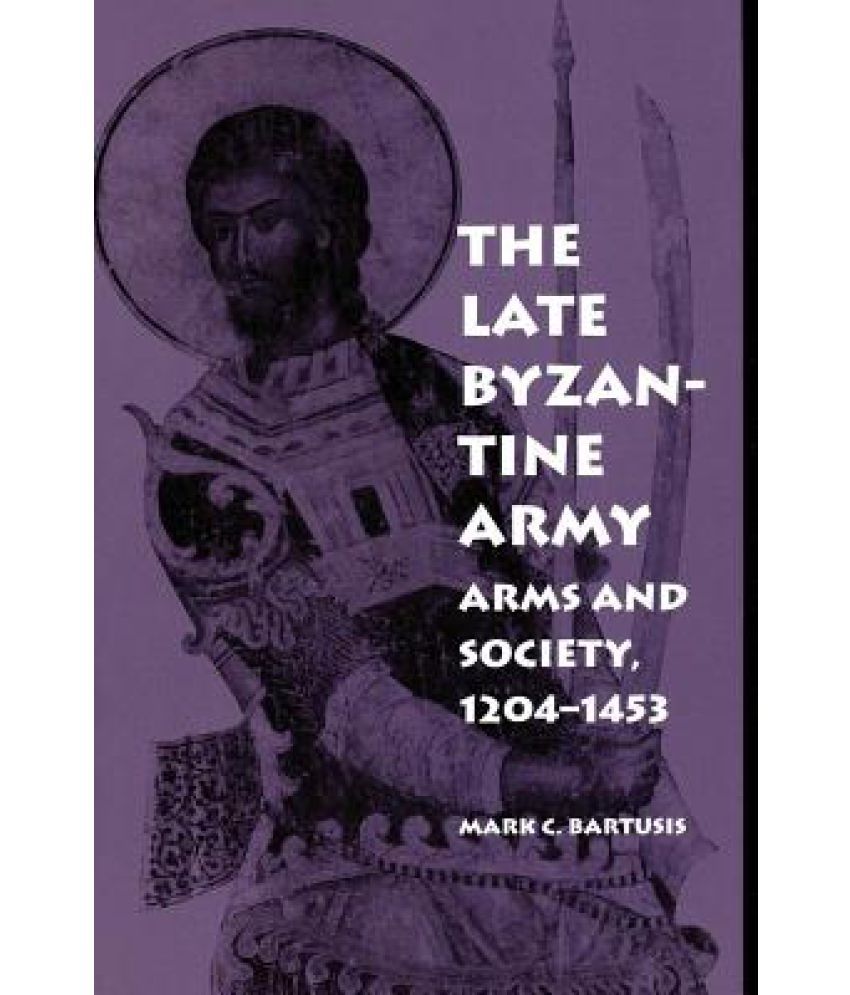Something went wrong. Please refresh the page and try again.
Something went wrong. Please refresh the page and try again.
Notifications can be turned off anytime from settings.
Item(s) Added To cart
Qty.
Something went wrong. Please refresh the page and try again.
Something went wrong. Please refresh the page and try again.
Exchange offer not applicable. New product price is lower than exchange product price
Please check the updated No Cost EMI details on the payment page
Exchange offer is not applicable with this product
Exchange Offer cannot be clubbed with Bajaj Finserv for this product
Product price & seller has been updated as per Bajaj Finserv EMI option
Please apply exchange offer again
Your item has been added to Shortlist.
View AllYour Item has been added to Shopping List
View AllSorry! The Late Byzantine Army: Arms and Society, 1204-1453 is sold out.


You will be notified when this product will be in stock
Brief Description
Mark C. Bartusis opens an extraordinary window on the Byzantine Empire during its last centuries by providing the first comprehensive treatment of the dying empire's military.
A History Book Club selection
On the Back Cover
Mark C. Bartusis opens an extraordinary window on the Byzantine Empire during its last centuries by providing the first comprehensive treatment of the dying empire's military. The late Byzantine period was a time characterized by both civil strife and foreign invasion and framed by two cataclysmic events: the fall of Constantinople to the western Europeans in 1204 and again to the Ottoman Turks in 1453. While the army enjoyed a highly visible presence during this time, it was increasingly ineffective in defending the state. This failure is central to understanding the persistence of the western European crusader states in the Aegean, the advance of the Ottoman Turks into Europe, and the slow decline and eventual fall of the thousand-year Byzantine Empire. Using all of the available Greek, western European, Slavic, and Turkish sources, Bartusis describes the evolution of the army both as an institution and as an instrument of imperial policy. He considers the army's size, organization, administration, and varieties of soldiers, including discussions of campaigns, garrisons, finances, recruitment, and the military role of peasants, weapons, and equipment. He also examines Byzantine feudalism and the army's impact on the economy and society. Bartusis emphasizes that the corps of heavily armed mercenaries and soldiers probably never numbered more than several hundred. He further argues that the composition of the late Byzantine army had many parallels with the contemporary armies in western Europe, including the extensive use of soldier companies composed of foreign mercenaries. In a final analysis, he suggests that the death of Byzantium is attributable more to a shrinking fiscal base thanto any lack of creative military thinking on the part of its leaders. The Late Byzantine Army is a major work of scholarship that fills a gap in the understanding of the late Byzantine empire. It will be of interest to students and scholars of medieval and Byzantine institutional history.
About the Author
Mark C. Bartusis is Professor of History at Northern State University. He is an expert in later Byzantine political, social and military history and author of The Late Byzantine Army: Arms and Society, 1204 1453.
The images represent actual product though color of the image and product may slightly differ.
Register now to get updates on promotions and
coupons. Or Download App